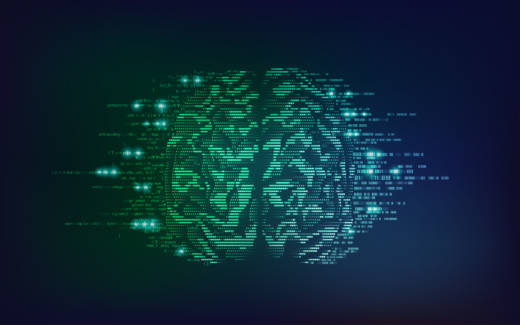Imagine a device that in just 30 minutes makes your brain more receptive to new information, cutting the time it takes to learn in half. Some neuroscientists say they have demonstrated this very feat.
Their work is part of an effort to explore how low levels of continuous electrical current, delivered to the brain via electrodes placed on the scalp, could alter neural activity and improve a person’s performance. In one experiment, for example, electric stimulation accelerated how quickly participants learned to spot concealed bombs or snipers in a military training simulation.
“We almost doubled people’s learning rate,” says Vincent Clark, a professor of psychology and clinical neuroscience at the University of New Mexico who conducted this research with his colleagues. Since the 2012 publication of that research, he and other scholars have replicated the study several times with similar results.
Clark’s study is not a lone example. Findings suggest this form of electric stimulation — known as transcranial direct current stimulation, or tDCS — could make you better at math, more creative and even boost memory. Last year, the federal Defense Advanced Research Projects Agency (DARPA) announced it would support a program using this technique in order to explore whether tDCS could accelerate foreign language learning by 30 percent. (The Department of Defense also financed the University of New Mexico team’s research.) And some members of the U.S. ski jumping team competing in the Winter Olympics trained using electric stimulation headbands from the company Halo Neuroscience, which sells their headsets to the general public.
The technique, which has existed for nearly two decades, is relatively simple. People place electrodes over regions of the brain relevant to a given task, then activate the electric stimulation while practicing that task. Researchers believe the electricity can encourage brain cells to form new connections and that such connectivity is fundamental to the process of learning. Transcranial direct current stimulation is one of several non-invasive approaches used to stimulate the brain, but it’s unique in that brave do-it-yourself-ers are trying out tDCS at home. That’s because the equipment is fairly cheap and safety concerns are minimal. At its most basic, the electrodes and a nine-volt battery can cost less than $100. Several studies have found only minor side effects: at worst, skin discomfort under the electrodes.


